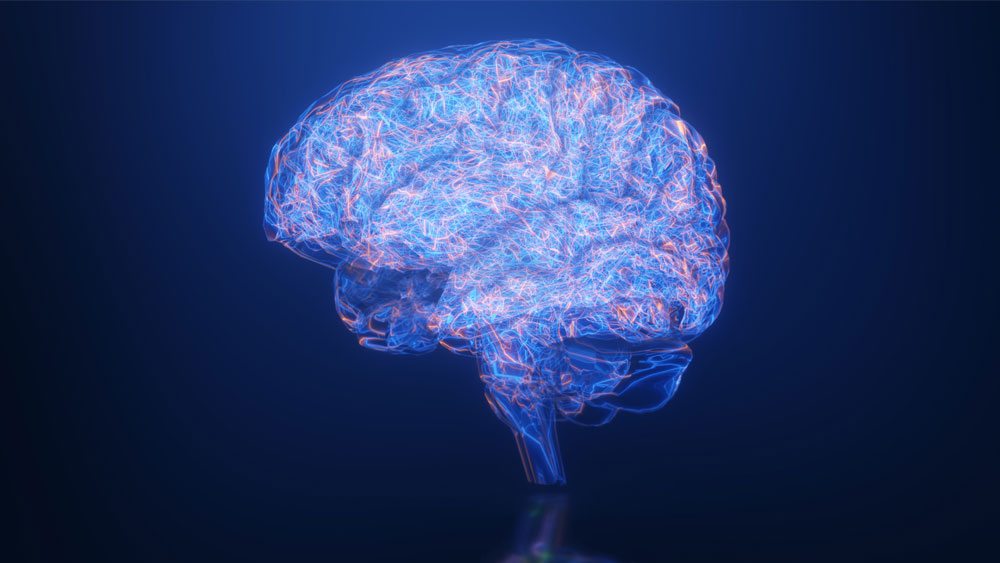Scientists will never fully understand the brain’s operation.1,2,3
As neurological research continues, it will only reveal more detailed questions to ask regarding every aspect of this incredibly designed structure.
Recently, researchers from the University of Sydney, University of Queensland, and University of Cambridge “have confirmed that human brains are naturally wired to perform advanced calculations, much like a high-powered computer, to make sense of the world through a process known as Bayesian inference.”4
Bayesian inference is a statistical method that combines prior knowledge with updated evidence to make an intelligent guess regarding a hypothesis. Put another way, it’s a method to assess how new information influences the chances that a current belief (hypothesis) continues to be correct. For example, if a person knows what an airplane looks like and sees a flying metallic object with two wings, they might use their prior knowledge to guess it's an airplane.
The research team, led by Dr William Harrison, made the discovery by recording brain activity from volunteers while they passively viewed displays, engineered to elicit specific neural signals related to visual processing. They then devised mathematical models to compare a spectrum of competing hypotheses about how the human brain perceives vision.4
In their formal paper in Nature, Harrison et al. said, “We found that the tuning of the human visual system is highly conditional on stimulus-specific variations in a way that is not predicted by previous proposals.”5
Co-author of the Nature paper, Dr. Reuben Rideaux of the University of Sidney stated, “What makes this finding significant is the confirmation that our brains have an inherent design that allows this advanced form of processing, enabling us to interpret our surroundings more effectively.”4
Yes, our brains certainly do “have an inherent design” bestowed upon us6,7 at the creation thousands of years ago.
Indeed, when evolution is mentioned in the Nature article, it is only in reference to timescales, “Sensory representations are thought to be tuned to behaviourally relevant statistics of natural environments over evolutionary and developmental timescales.”5
And,
It is interesting to note that the sum of the tuning curves provides a relatively poor approximation of the statistics of constructed scenes, raising the possibility that the default tuning of sensory systems depends more on statistics accumulated over evolutionary time scales than developmental time scales.5
There was no evolutionary description–detailed or otherwise–as to how the human brain processes visual information. This causes one to ask why the title of the University of Sydney’s article is, “Evolution wired human brains to act like supercomputers”4? The correct title would be, Jesus wired human brains to act like supercomputers.
References
- Sherwin, F. Fossil Defies So-Called Brain Evolution. Creation Science Update. Posted on ICR.org December 15, 2022, accessed September 27, 2023.
- Sherwin, F. Earliest Fossil Brain is Still a Brain. Creation Science Update. Posted on ICR.org February 23, 2023, accessed September 27, 2023.
- Sherwin, F. “Ancient” Fish Brain Evidence of Evolution? Creation Science Update. Posted on ICR.org January 20, 2022, accessed September 27, 2023.
- Ritchie, P. Evolution wired human brains to act like supercomputers. University of Sydney. Posted on Sydney.edu.au September 15, 2023, accessed September 27, 2023.
- Harrison, W. et al. Neural tuning instantiates prior expectations in the human visual system. Nature. Posted on nature.com September 1, 2023, accessed September 27, 2023.
- Thomas, B. Brain Bath: A Clever Design Solution. Creation Science Update. Posted on ICR.org October 17, 2014, accessed September 26, 2023.
- Sherwin, F. Newly-Discovered Brain Cell. Creation Science Update. Posted on ICR.org September 13, 2018, accessed September 27, 2023.
* Dr. Sherwin is science news writer at the Institute for Creation Research. He earned an M.A. in zoology from the University of Northern Colorado and received an Honorary Doctorate of Science from Pensacola Christian College.




















